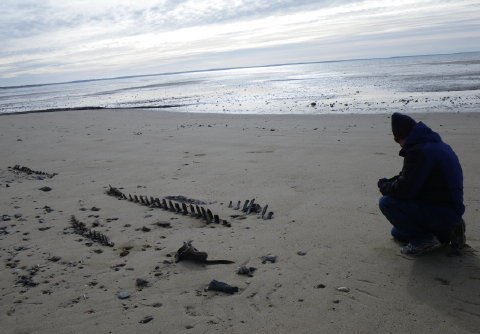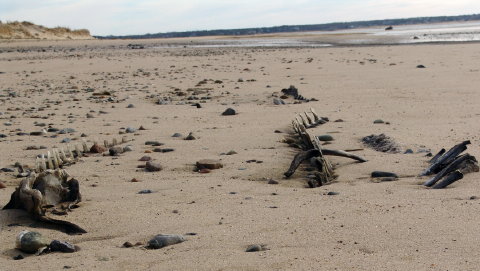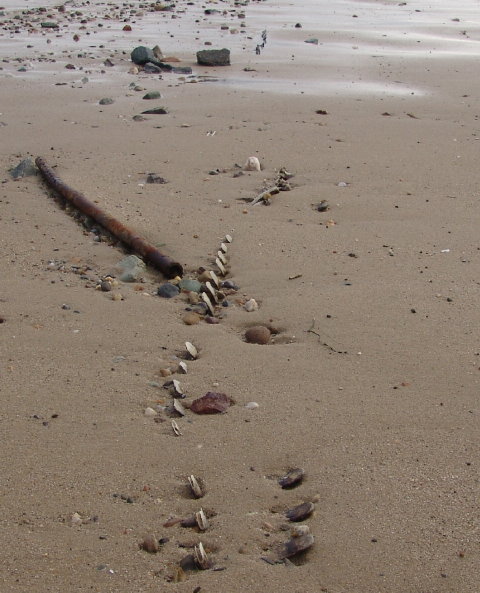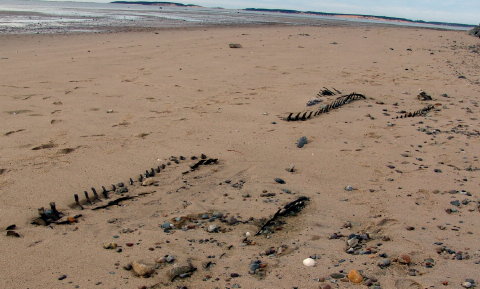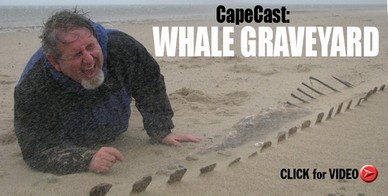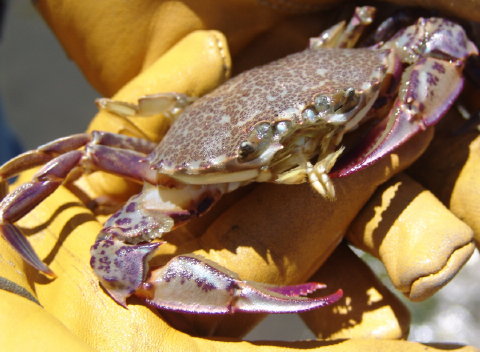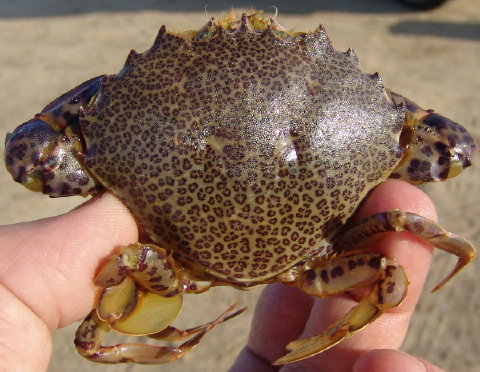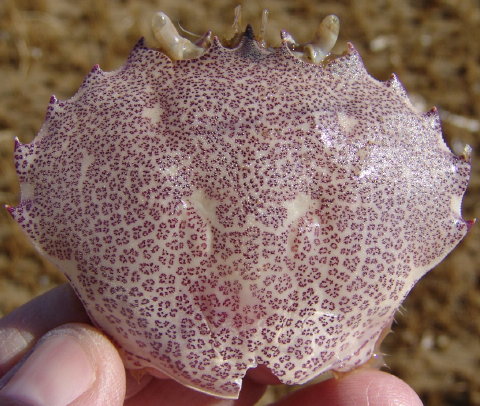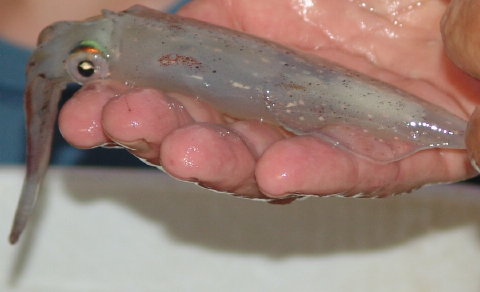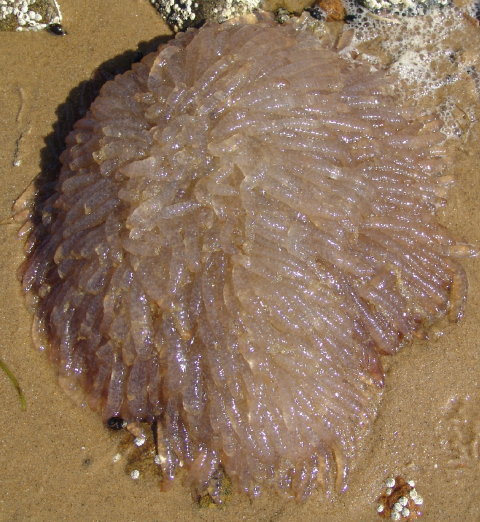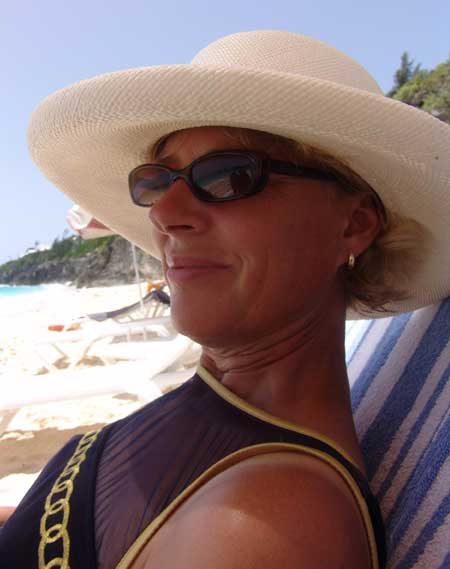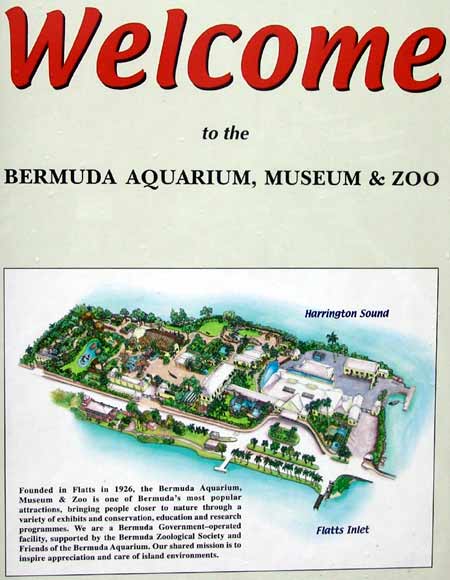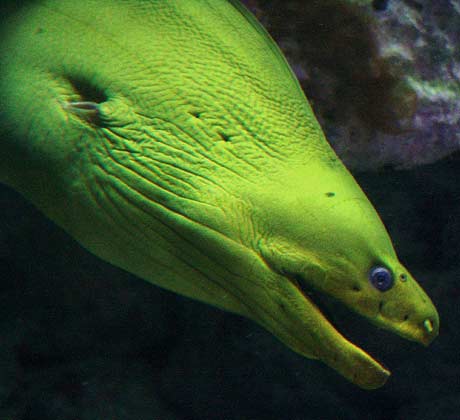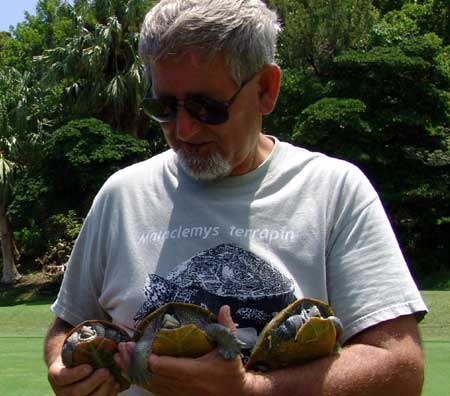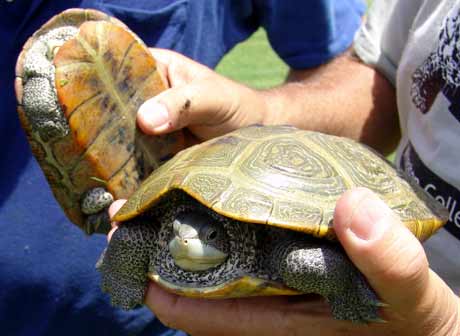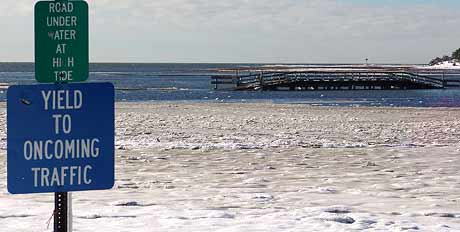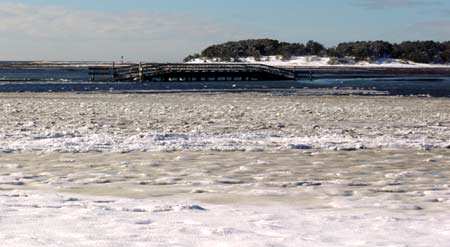Don Lewis Reconstructs Pilot Whale Stranding
Six pilot whales rise from the sands of history, uncovered by scouring storms that battered Outer Cape Cod in December and January.  In a rare moment in time revealed by the natural forces that continue to shape our world today, we capture an epic scene from long ago, frozen in the very sands that are Cape Cod.
Long-Finned Pilot Whale Skeleton Emerges
As we patroled the west beach of Lieutenant Island in Wellfleet, Turtle Journal came across still articulated skeletons of long-finned pilot whales rising from the sands of what had formerly been an ancient salt marsh, now succumbed to the forces of nature and transformed to a barrier beach.Â
Pilot Whales Rise from Sands of History
Imagine … as one hundred, or perhaps two hundred or more years ago, a pod of pilot whales chased bait fish into a flooded salt marsh on the western edge of Horse Island, now Lieutenant Island, in Wellfleet Bay. Maybe on a day like Monday with gale winds howling from the southwest pushing flood water into the bay, the whales swam high into the marsh where they became unexpectedly trapped and stranded when the ebb tide dropped suddenly beneath them, leaving the animals stuck in the ooze marshlands.
1893 Map of Wellfleet Bay
In those historic days, stranded pilot whales offered survival and a little prosperty to Outer Cape residents scratching a hard living in a harsh and unforgiving environment. The nearby estuary is named Blackfish Creek in honor of pilot whales, also known as blackfish, that stranded in the hundreds and sustained Cape Codders during the toughest of times. For more information on pilot whale strandings, see Discovery of Historic Pilot Whale Bones Hints at Cape Cod’s Past.
Four Articulated Pilot Whale Skeletons “in Formation”
The exposed bones on Lieutenant Island revealed four still largely articulated pilot whales lying two by two at the northern edge of the beach.
Two More Pilot Whale Skeletons Begin to Emerge
About 100 feet behind this formation of four, two more pilot whales were just beginning to emerge from the moist sands.
DO NOT DISTURB!
Alive, dead or skeletons, pilot whales are as precious to us today as they were to our Cape ancestors, albeit for different reasons. Marine mammals are protected under federal law and regulations. They may be observed and enjoyed without disturbance.
HOT OFF THE PRESSES
CapeCast, the on-line broadcast of the Cape Cod Times, reports on this discovery today, January 26th, 2010.
On today’s CapeCast: Intrepid naturalist Don Lewis takes us out to Lieutenant Island in Wellfleet on a crazy stormy day to see old whale bones!
